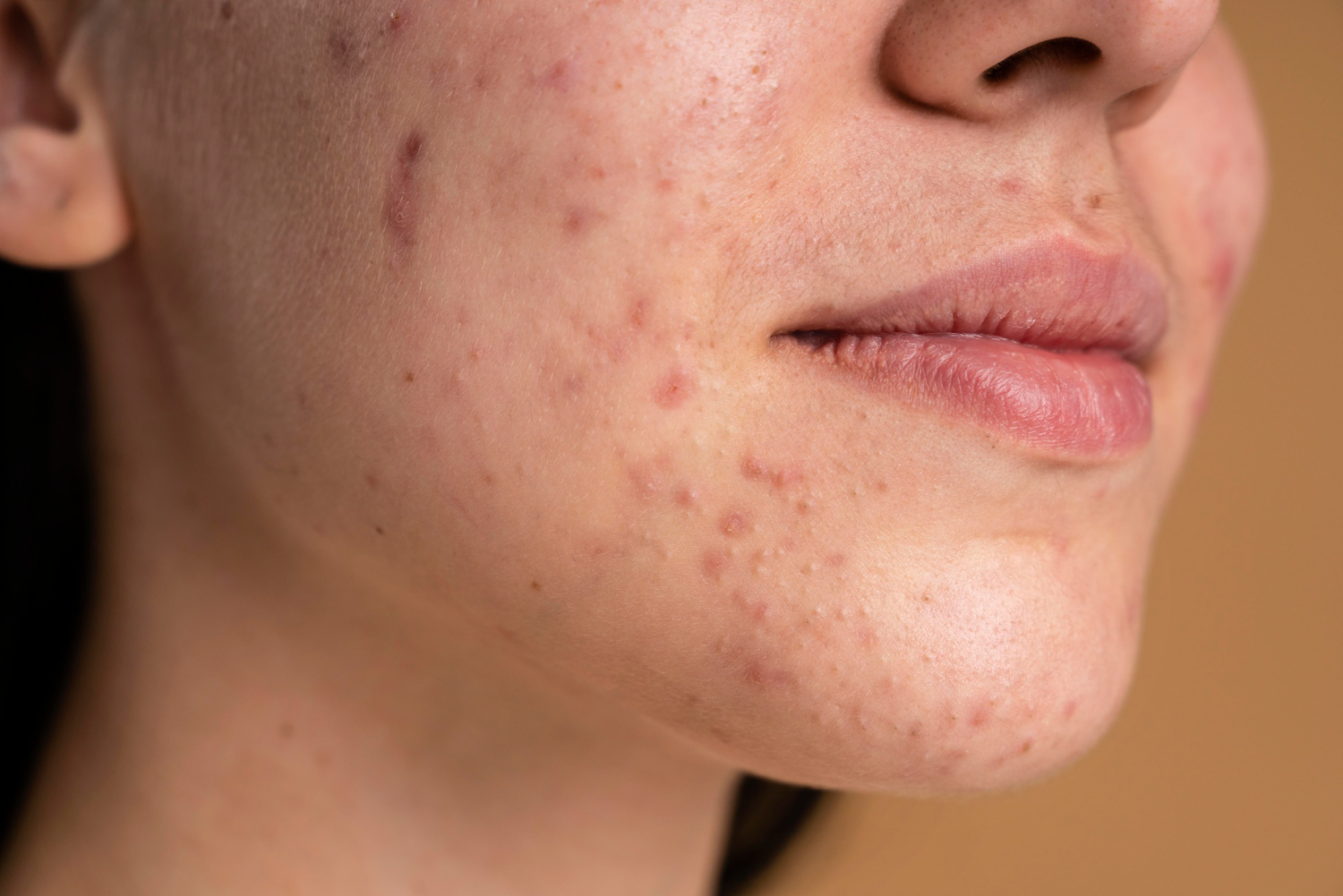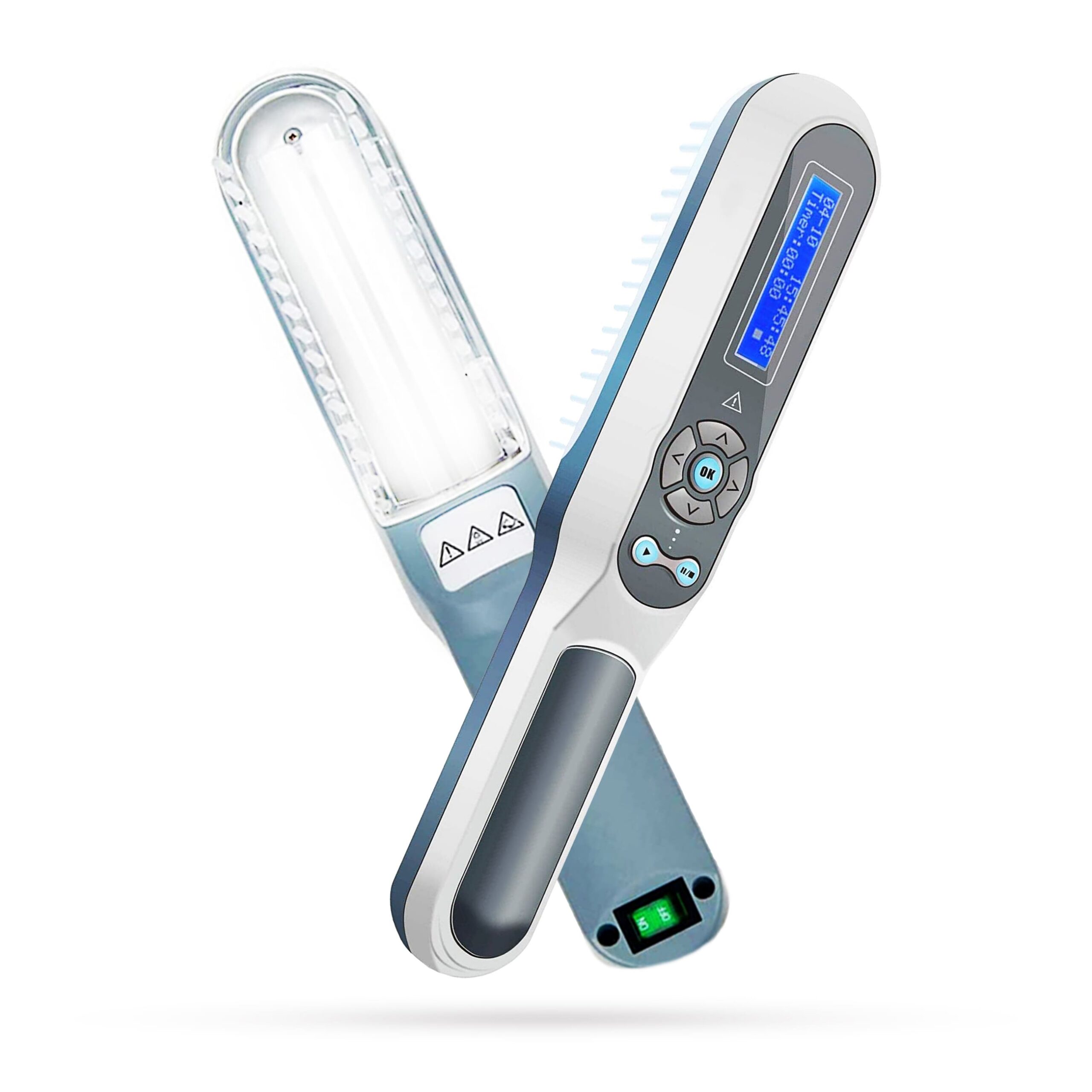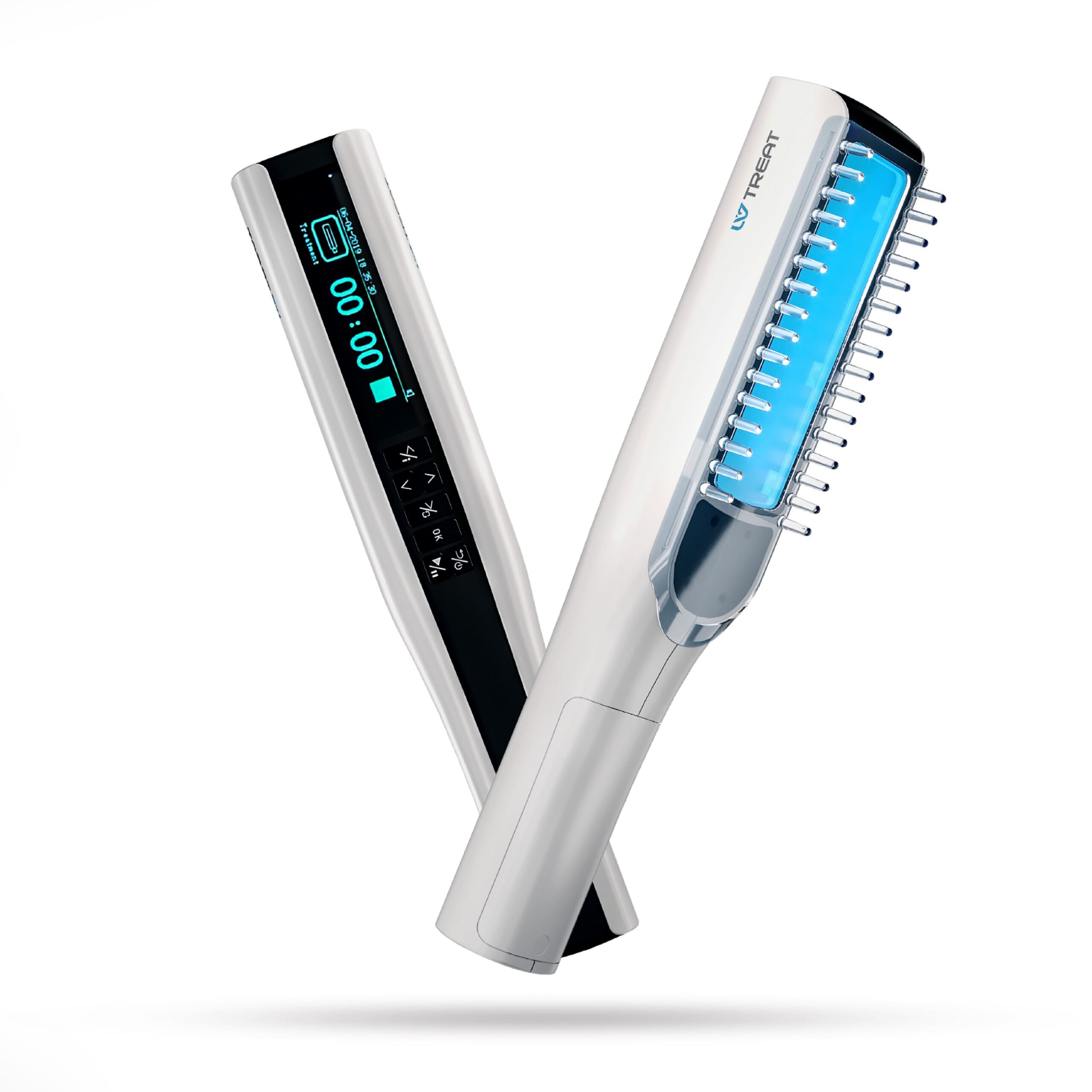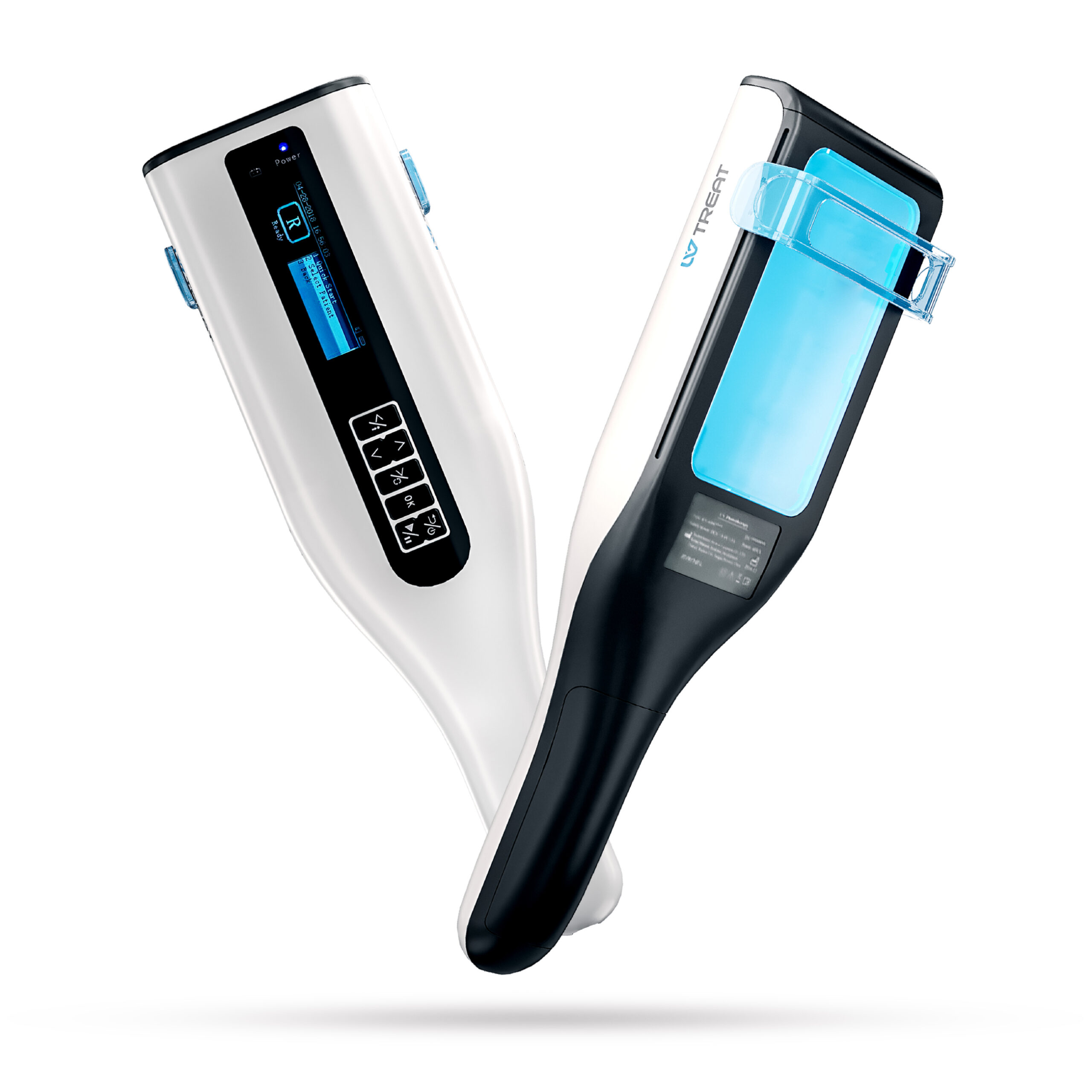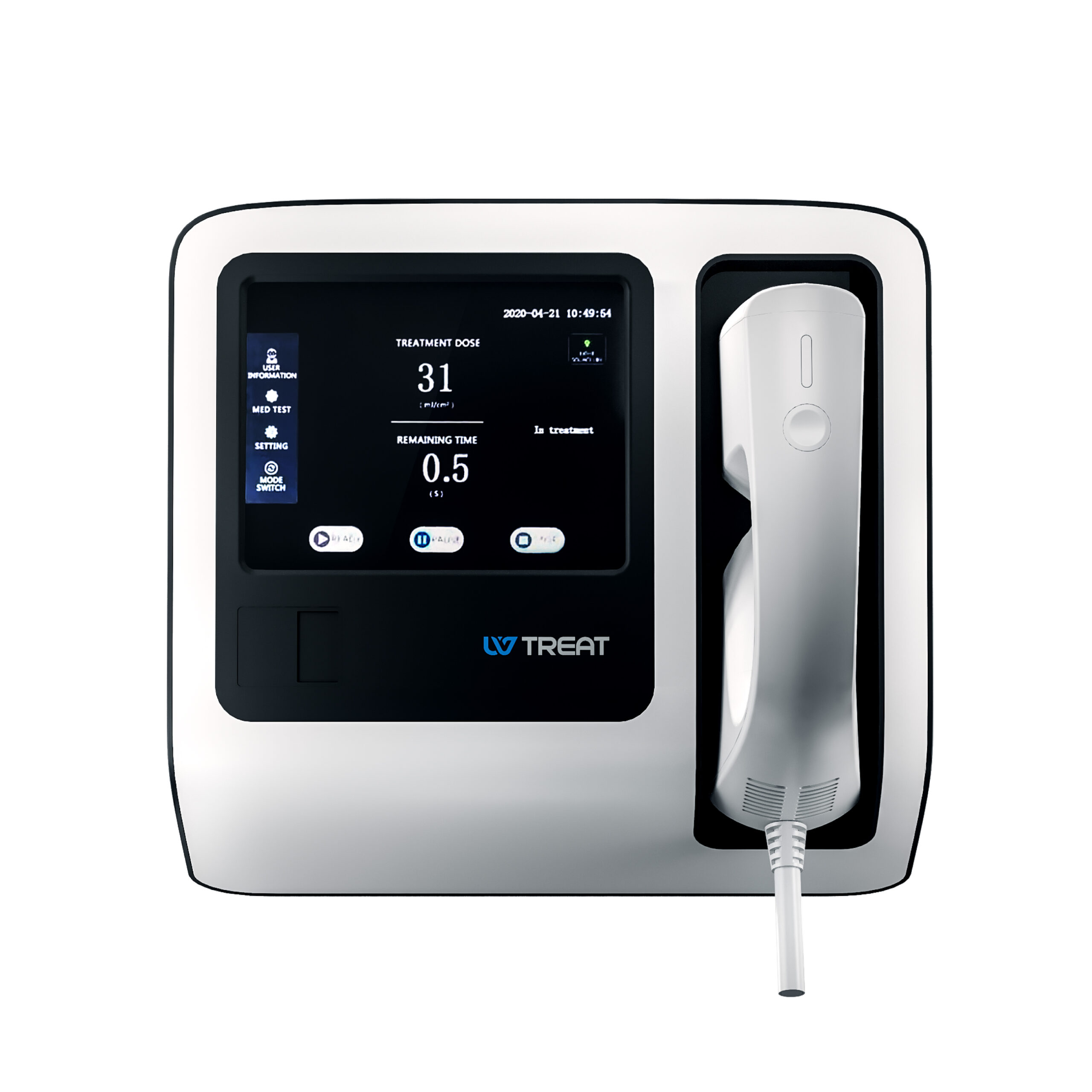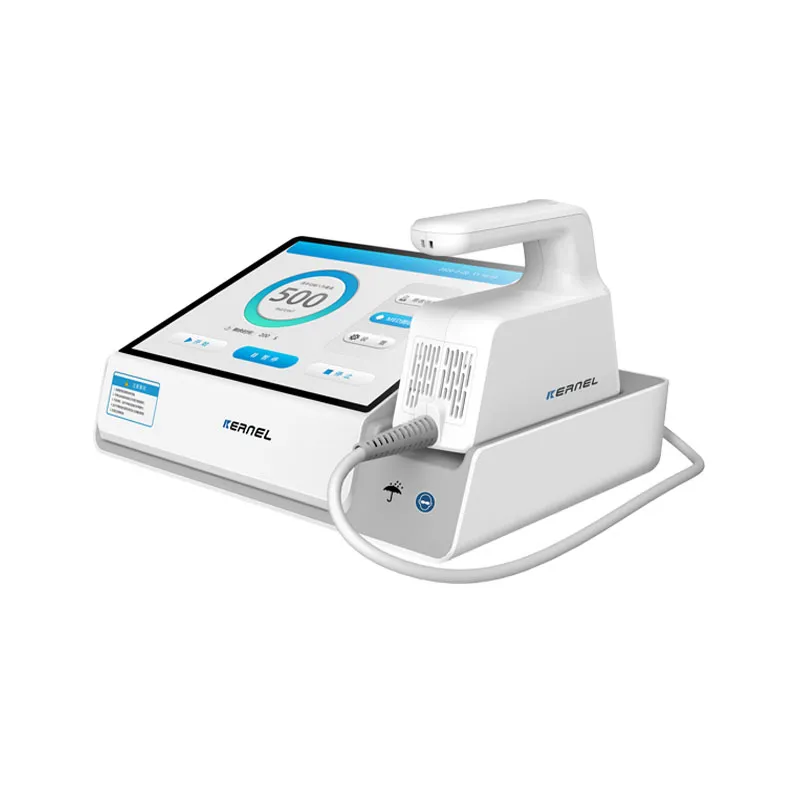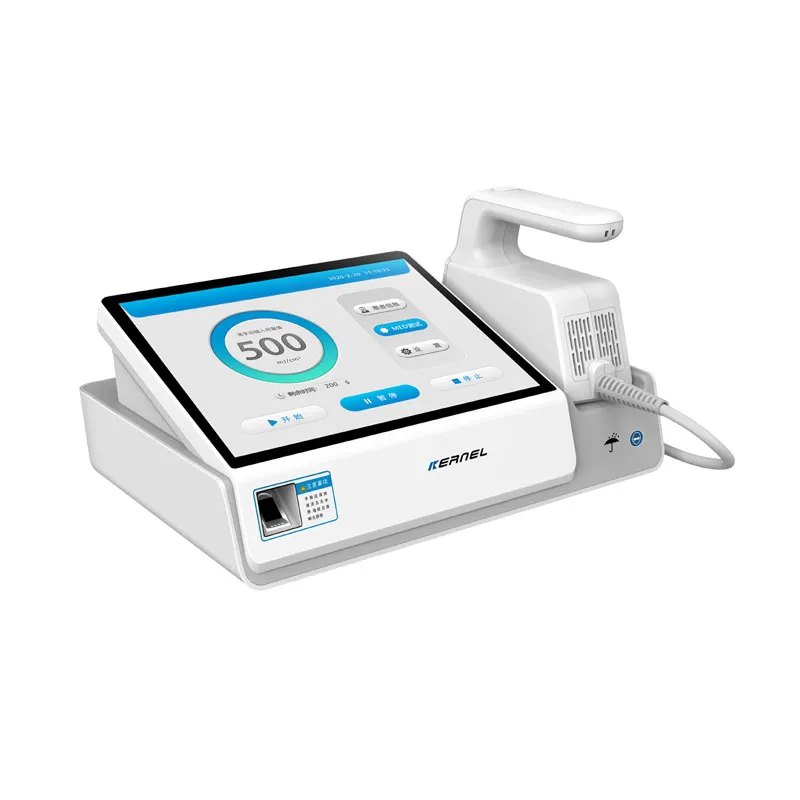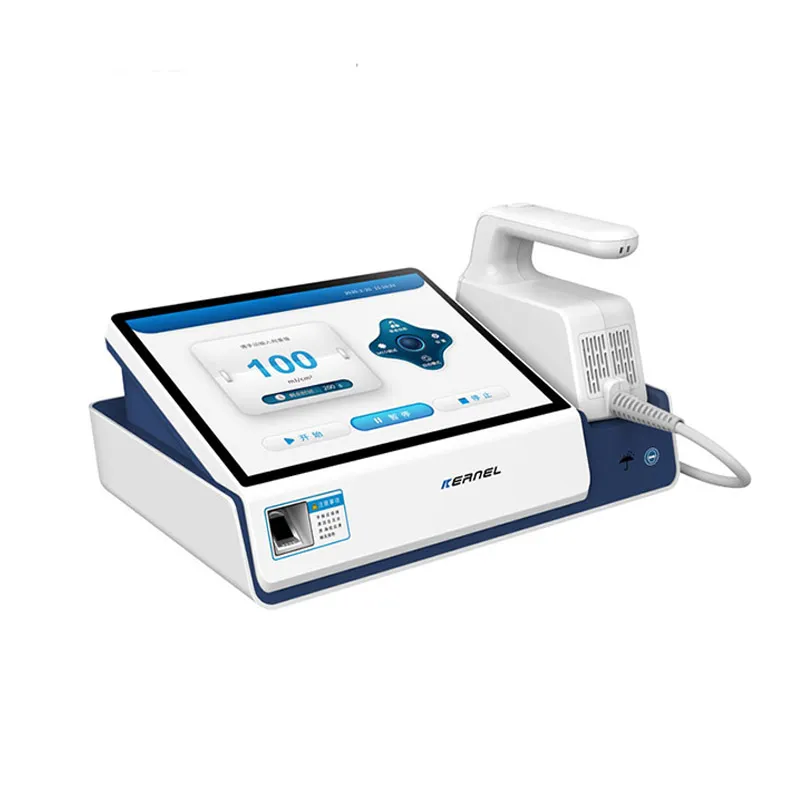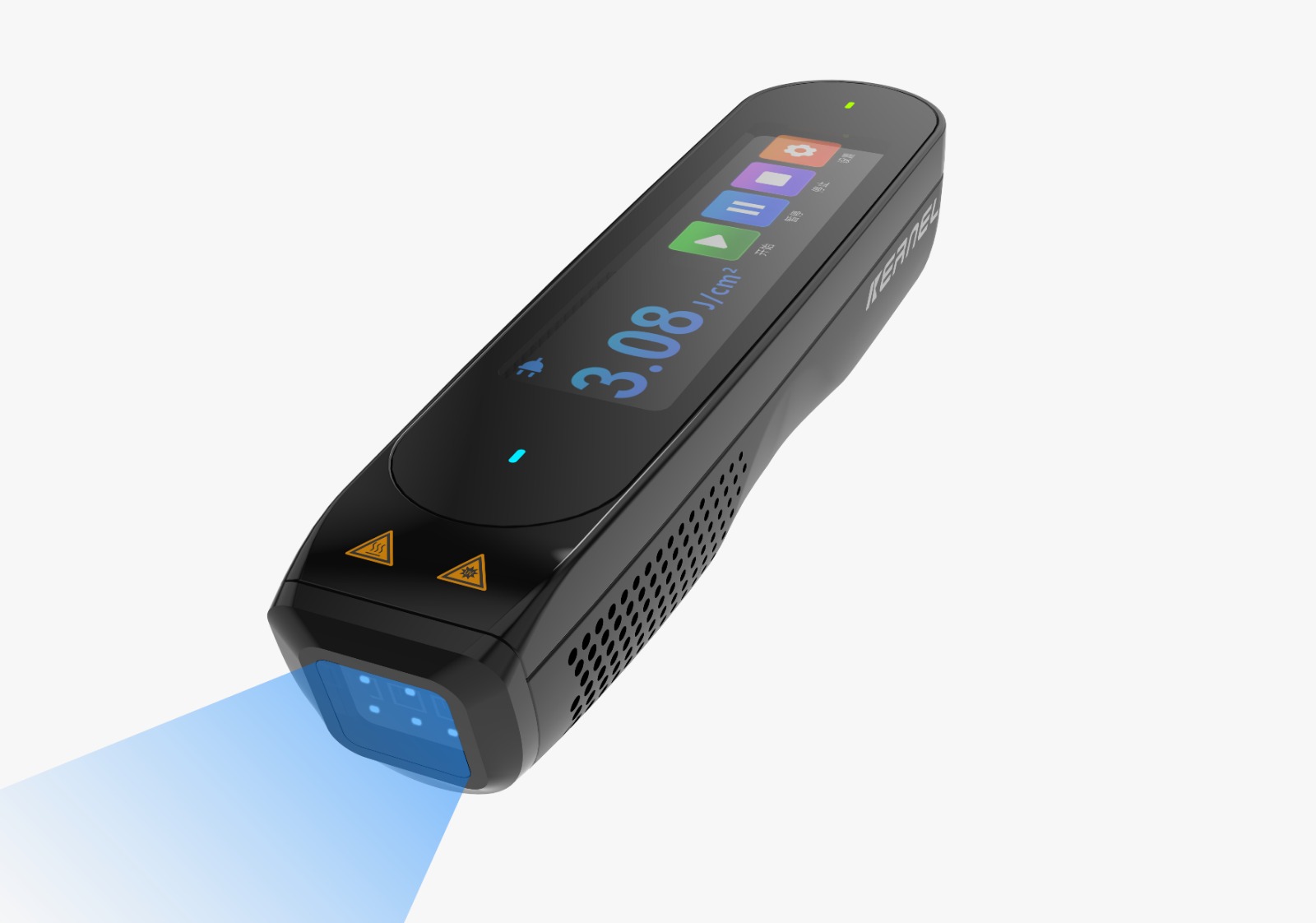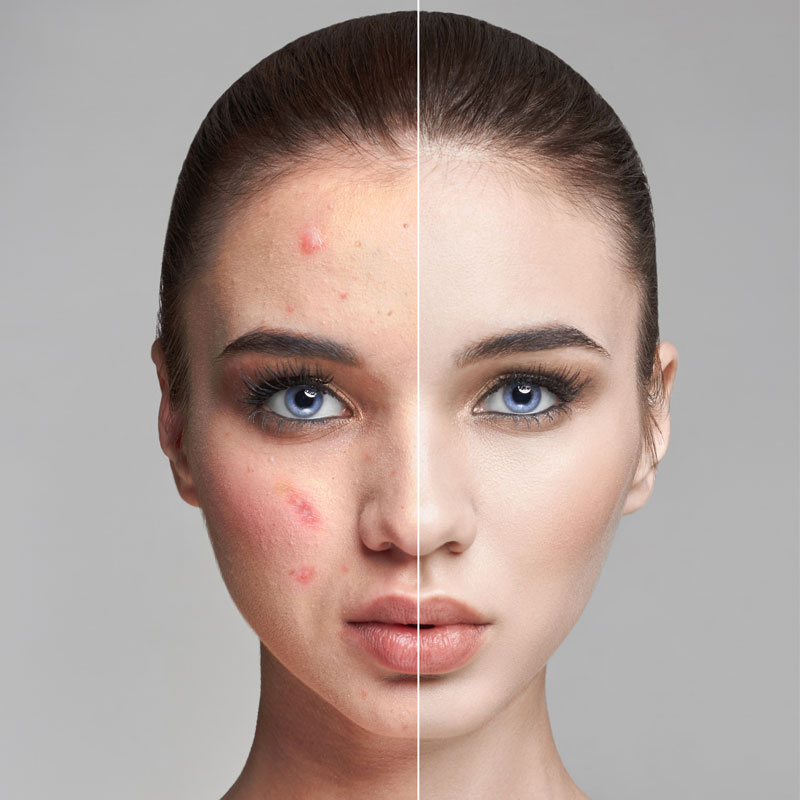Acne (aka Acne Vulgaris) is a common skin problem many people face. Around 80% of people between 11 and 30 will experience some level of acne. Acne can be either non-inflammatory or inflammatory and includes types such as blackheads, whiteheads, papules, pustules, cysts, and nodular acne.
Key takeaways:
- There are three main types of acne: comedonal, papulopustular, and nodulocystic acne.
- Comedonal acne is caused by clogged pores, not inflammation of the skin. This is easier to treat than inflammatory acne.
- The best acne treatment for you depends on which type of acne you have.
- Starting acne treatment early can help prevent scarring, so reach out to your primary care provider or dermatologist early on to put together a treatment plan.
Teenagers and young adults often struggle with acne, but it can also affect adults. Treatment of acne varies depending on the type and location and can help clear up your skin and prevent scarring.
What is Acne, and What Causes it?
Acne is a prevalent skin condition that occurs when hair follicles get blocked with oil and dead skin cells. This can lead to the formation of blackheads, and whiteheads, most commonly on the face, forehead, upper back, chest, and shoulders. Acne is most commonly observed during puberty because of hormonal shifts, though it can manifest at any age. [1]
In mild cases, it might just cause a few pimples or blackheads, while in severe cases, it can cause cysts and nodules that can be painful and lead to scarring.
Acne is caused by:
- Excess oil production
- The build-up of dead skin cells clogs the pores
- Bacteria can multiply in clogged pores, leading to inflammation.
- Fluctuations increase oil production, especially during puberty.
- Genetics can raise the risk of acne.
- Stress can influence hormones and worsen acne.
- Exposure to irritants and pollutants can clog pores.
Types of Acne Lesions
According to the form and lesion type, acne lesions may vary. These are the most usual types of acne lesions:
- Comedones: These are clogged hair follicles. There are two types of comedones:
- Blackheads (open comedones): These are black bumps that form on the skin due to the oxidation of oils and cellular matter trapped in the pore when exposed to air.
- Whiteheads (closed comedones): These look like skin-colored or slightly white, small bumps that are caused by dead skin cells and extra oil filling the plugged skin follicle but remaining closed on the skin surface.
- Papules: These are tiny, red, inflamed lesions on the skin that become raised. Papules may be tender to the touch and can develop from inflamed and infected pores.
- Pustules: These are like papules but contain pus. They appear as red, inflamed bumps. [2]
- Nodules: These are large, painful, solid lumps beneath the skin’s surface. They form when clogged pores become deeply embedded in the skin and can cause more severe inflammation.
- Cysts: They are deep, pus-filled lesions beneath the skin, representing the most severe type of acne and leading to potential scarring and pain.
Different Types of Acne
Acne comes in various forms, each with its own characteristics. Here are the different types of acne:
-
Acne Vulgaris
The most common form of acne is acne vulgaris, which represents the manifestation of the disease due to the plugging of the hair follicles with dead cells or sebum. [3] It includes comedones (blackheads, whiteheads), papules, pustules, and others. Acne vulgaris usually occurs on face, forehead, upper back, shoulders, and chest.
-
Non-Inflammatory Acne (Comedones)
Comedonal acne is part of a class called non-inflammatory acne because the disease does not cause reddening or irritation of the skin. This can include blackheads and whiteheads. They form on the skin, starting out as clogged pores into small bumps. This can result from extra oil, bacteria, dead (skin) cells not being shed properly, or hormonal changes.
-
Whiteheads (Closed Comedones)
They develop when the pores are totally plugged up, forming small white or skin-colored bumps on the surface of the skin. The pores remain closed, unlike in blackheads, so they are not removable by simply squeezing them. Trying to pop them might cause scars.
-
Blackheads (Open Comedones)
Open comedones are those in which the pore is open at the skin surface, but clogged down toward the base of the pore. The opening of the pore stays opened, and so it has the black coloring – the darkness is not caused by dirt but from the melanin pigment and air exposure.
-
Inflammatory Acne
Inflammatory acne refers to pimples that are red and swollen. It includes papules and pustules. Sebum (oil) and dead skin cells can cause clogged pores, but bacteria may also contribute to infections deep under the skin. This can result in painful acne spots that are hard to treat. [4]
-
Papules
They are small red bumps. They form when severe inflammation breaks down the walls around your pores. The contents of a blocked pore spill into nearby skin, causing an inflamed lesion. These hard, tender bumps often have pink skin around them. Avoid picking them as it can lead to scarring. A large number of papules may signal moderate to severe acne.
-
Pustules
They are inflamed pimples that contain pus. They are bulging bumps with a white or yellow center and red, violet, or brown skin around them. These pimples usually form clusters on the face, chest, or back. Picking pustules can cause scarring or dark spots, so avoid doing so.
-
Nodulocystic Acne
Nodulocystic acne grows deep into the skin when the nodules suddenly grow bigger. This type of acne is very painful and leaves scarring. It can appear on the face, chest, back, and buttocks.
-
Nodules
Large, firm lumps under the skin and are often painful; they may be of flesh color, brown, or red. Nodules form when swollen pores get further irritated and are pushed deep within the skin. Unlike pustules and papules, the nodule is below the skin and feels hard.
-
Cysts
They are pus-filled bumps that are red or violet. They can be painful and are the most significant form of acne. Cysts form from severe infections and develop when bacteria, sebum, and dead skin cells clog pores. These clogs happen deep in the skin, further down than nodules. [5] This type of acne is most likely to cause scars. People with nodules and cysts often have more severe acne.
-
Hormonal Acne
It is a type of acne influenced by hormonal fluctuations, particularly during puberty, menstrual cycles, pregnancy, menopause, or in conditions like polycystic ovary syndrome (PCOS). Cystic acne, nodules, and inflamed lesions on the lower face, jawline, neck, and back often characterize it.
-
Acne Conglobata
It is a severe type of acne. It involves many inflamed nodules connected under the skin. It can appear on the neck, chest, shoulders, and buttocks and often leaves scars. This type of acne is more common in men and can be caused by taking oral steroids or testosterone.
-
Acne Mechanica
It is caused by heat, friction, and pressure on the skin. This often happens when wearing sports gear like helmets or baseball caps. It is sometimes known as “sports-induced acne” since it is common in athletes.
-
Acne Rosacea
Acne Rosacea, or rosacea, is a chronic inflammatory skin condition marked by redness and a rash, primarily on the nose and cheeks. It can also affect the eyes. Symptoms can fluctuate, often triggered by sun exposure or emotional stress. [6]
The Spectrum of Acne Severity
Dermatologists classify acne by severity:
- Grade 1 (mild): Mostly blackheads and whiteheads, with a few papules and pustules. These are the mildest acne forms. [7]
- Grade 2 (moderate): Several papules and pustules, mainly on the face. These are moderate forms of acne.
- Grade 3 (moderately severe): Many pustules, papules, and some inflamed nodules. The chest and back may also be affected.
- Grade 4 (severe): Many large, painful pustules and nodules – these are the most severe forms of acne.
Treating Various Types of Acne
The type and severity of acne determine its treatment. This is essential to consider when choosing skincare and medical treatments.
Comedonal Acne Treatment (Blackheads and Whiteheads)
First, proper care of skin is one step to clear up blackheads and whiteheads. Don’t use pore strips on your blackheads; it can damage the skin and worsen your acne problem. Always use items labeled “non-comedogenic” for whatever is being put on your skin and hair, as it can clog the pores.
OTC treatment normally has a good response to comedonal acne with agents like:
- Salicylic acid
- Benzoyl peroxide
- Azelaic acid
- Sulfur
- Low-strength adapalene (Differin)
Benzoyl peroxide is very effective, while sulfur is gentle on the skin. Salicylic acid can help prevent future comedonal acne. Adapalene (Differin) is available OTC as a retinoid. [8] If it isn’t effective, your dermatologist can prescribe stronger topical retinoids.
Treatment for Inflammatory Acne
This represents the papules and the pustules. Treatment is the same over-the-counter (OTC) medications used for comedonal acne, with added approaches:
- Benzoyl peroxide: Effective in reducing the size and redness of the lesion, helps the lesions to heal faster.
- Salicylic acid, retinol, and sulfur: All three can reduce breakouts when used as part of your usual skincare.
For stubborn acne, prescription treatments may be necessary, such as topical or oral antibiotics or retinoids. [9]
Treatment for Nodulocystic Acne
Most nodulocystic acne is less amenable to OTC treatment because it has a deeper component in the skin. If nodulocystic acne is really your type, please see your dermatologist right away. It has been associated with some of the most painful breakouts, terrible scars, and high emotional stress. Appropriately, your dermatologist may recommend medications such as:
- Isotretinoin: An oral retinoid sold under various brands. [10]
- Antibiotics: To treat infections.
- Spironolactone: A diuretic that can help treat acne.
- Topical retinoids: For managing acne.
- Steroids: To reduce inflammation
Acne Vulgaris & Hormonal Acne Treatment
Acne vulgaris is managed under a combination of the basic skincare routines for acne-prone skin, tretinoin cream, and oral antibiotics prescribed. Other in-office available treatments are chemical peels. Hormonal acne is, for all intents and purposes, treated in the very same manner but has additional women-oriented treatments that include the use of oral contraceptives or spironolactone.
Acne Conglobata Treatment
This type of acne conglobata calls for prescriptive treatments due to its severity, and thus the need to consult a dermatologist. Such may include oral isotretinoin, while others may also involve deep peels, laser, or surgical scarring treatments at the office. [11] Most times, this calls for aggressive care from a dermatologist.
Acne Mechanica
Good skin care habits can help control acne mechanica, such as cleaning after sweating, wearing loose clothes, and avoiding skin friction. Use cleansers and toners with benzoyl peroxide to help breakouts and wash regularly with salicylic acid to keep the skin free from flare-ups.
Summing Up!
Acne can be challenging but can be managed with effective treatments that target breakouts and promote healing. Acne may appear as blackheads, whiteheads, pustules, papules, cysts, or nodules. Acne Treatment varies based on acne type and location, so it’s best to consult a dermatologist to identify and treat your specific acne.
If unsure about your acne type or treatment options, fill out our form at UVB Treat. Our professionals can help you identify your acne type and provide guidance on effective treatments.
